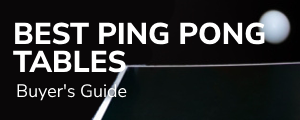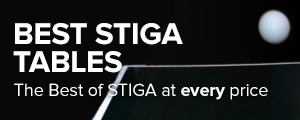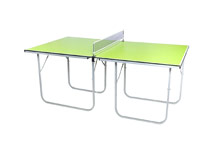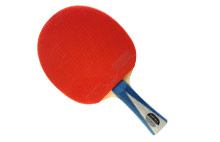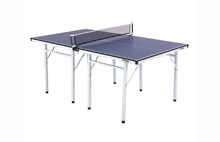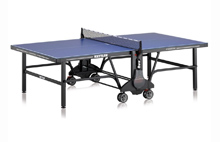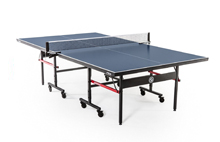A Guide to Ping Pong Paddles and Terminology
POSTED On 1 March 2015

Table Tennis paddles (often called rackets or “bats”), come in two different styles based on the grip they are designed for: shakehand and penholder.
The Shakehand grip
The shakehand grip is by far the most popular grip in table tennis. The grip is similar to a tennis grip as the index finger is extended over the head of the racket, perpendicular to the handle. It allows for good power for both forehand and backhand shots.
The Penhold grip
Just like the name sounds, the penhold grip involves placing the handle between the thumb and index finger similar to holding a pen. The penhold grip is much less common due to it’s weakness on the backhand side.
The Blade
The core of any ping pong paddle is the blade. The blade is the mostly wooden piece in between the rubber coverings including the handle. Blades are often made with multiple plies of wood and/or composite materials to give players different amounts of flex. More flex can be achieved by using fewer plies of wood which creates more of a “trampoline” like effect when making contact with the ball. This effect allows for more spin but makes the paddle less rigid and takes away some speed. There is a delicate balance when selecting a blade, to get the right amount of flex preferred by the player.
To be tournament approved, the blade must be at least 85% natural wood by thickness.
The blade handle can come in a wide variety of styles. The most common of which is a Flared handle, where the handle gets thicker towards the bottom to fit more comfortable in your hand. There are also straight handles have a consistent width as well as Anatomic handle that are have a bump in the center for a more ergonomic feel.
The Rubber and Sponge
The sheet of rubber on either side of the paddle, often called the “cover” or “rubber”, can be a smooth rubber surface or a pimpled rubber called “pips”. Pips rubber consists of small raised tubes in a uniform pattern that can be used to defend against an opponents spin. Pips will almost always offer less spin that smooth rubber but offers other advantages.
To be tournament approved, the rubber must be specifically approved by the ITTF and also be red on one side and black on the other.
The sponge is a second layer in between the cover and the blade. A thinner sponge usually offers better control, where a thicker one offers more speed and less control. Offensive players tend to prefer thicker sponges. The sponge and rubber together must be under 4mm thick to be tournament legal.
